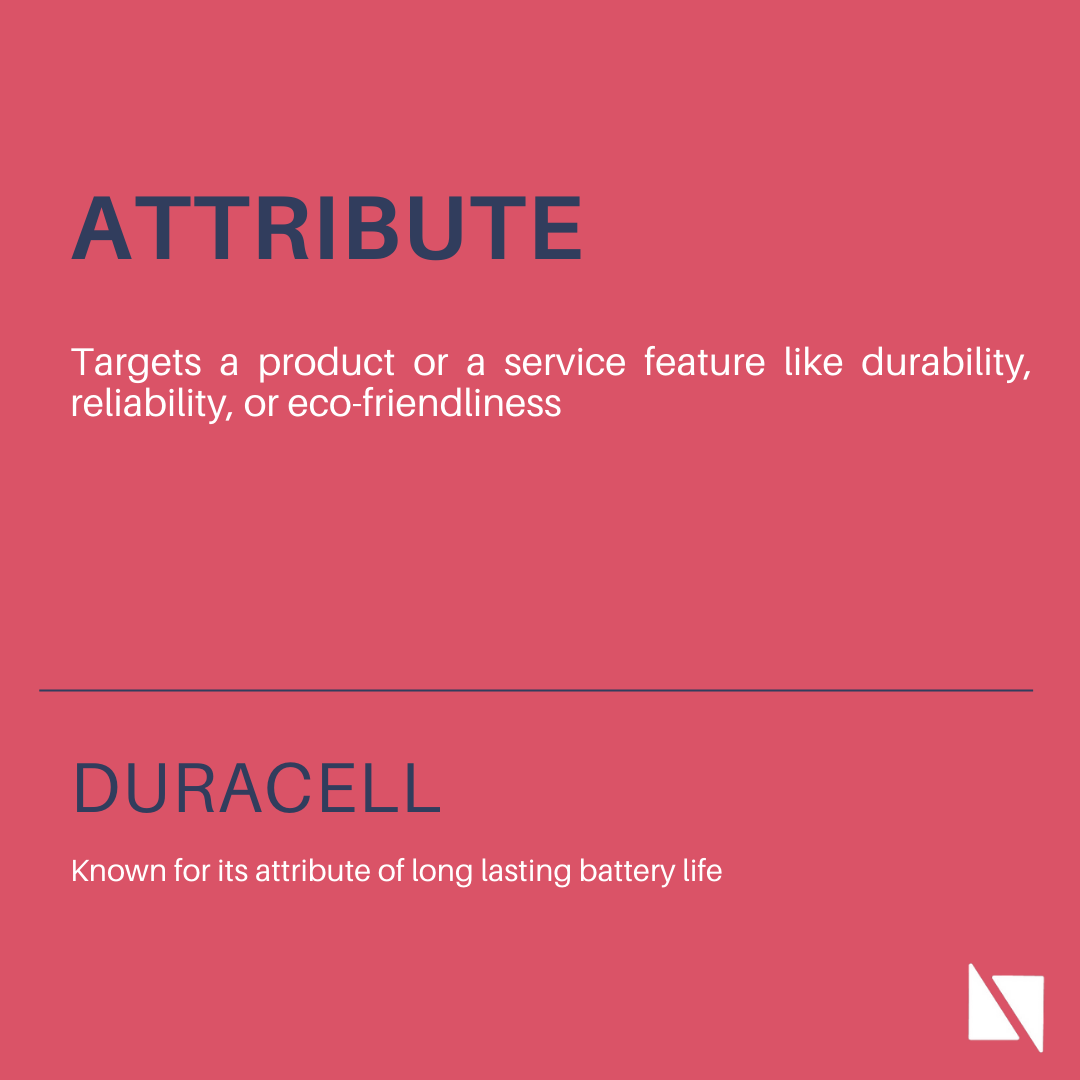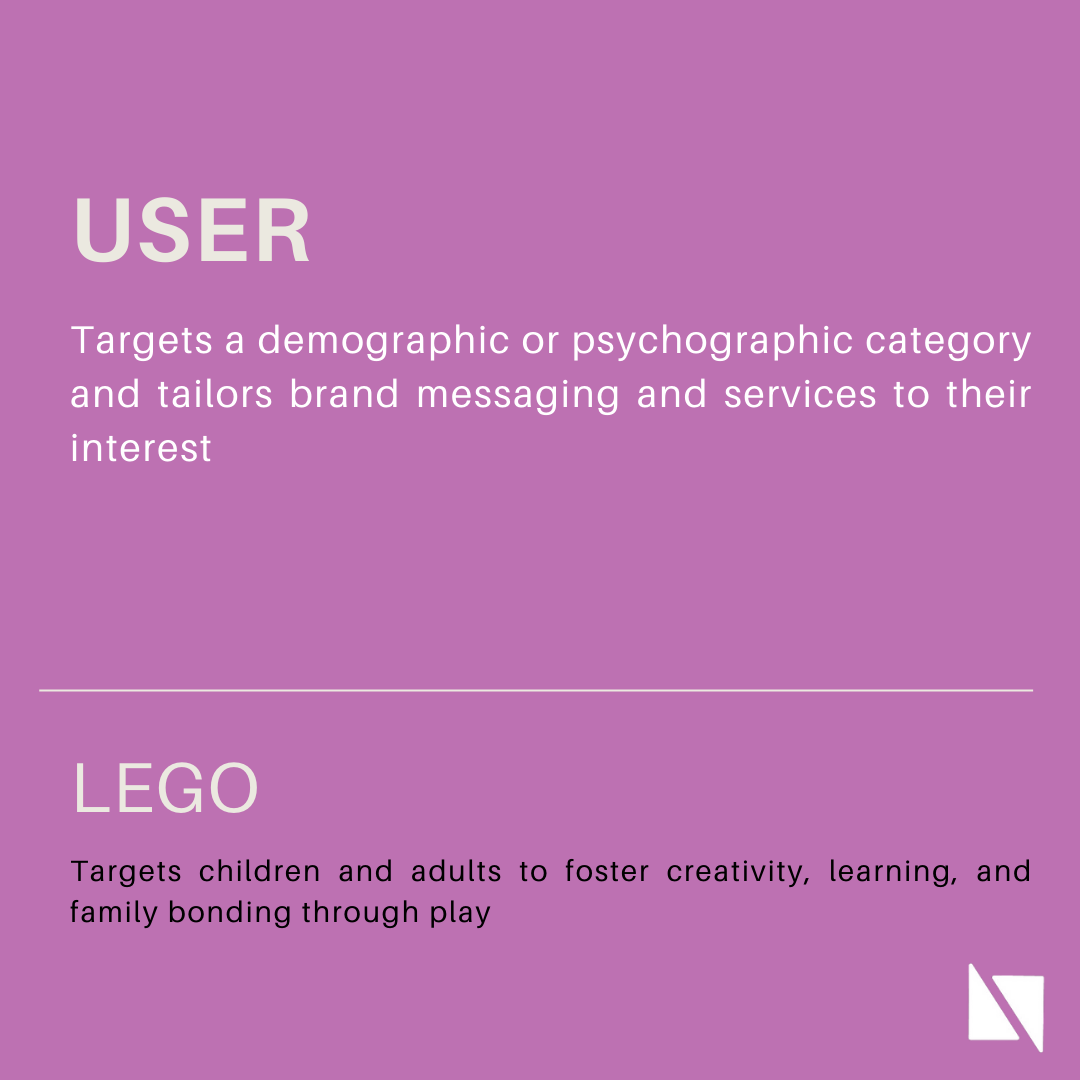Back
Shubham Upadhyaya
FOUNDER & CEO | MENT... • 8m
"Differentiating in a market where visions are similar requires not just innovation but also strategic execution. Here are some insights I’ve gathered from my journey :- 1. Focus on Value Creation: Instead of competing head-on, focus on delivering measurable outcomes for your users. Ask yourself: What pain points are others solving superficially that you can address deeply? 2. Leverage Niche Positioning: Even in a saturated market, there’s room to carve out a niche. Identify micro-segments of your target audience whose needs are underserved or overlooked by your competitors. 3. Showcase Scalability with Traction: Investors want to see a clear roadmap for scalability. Demonstrate how your current product and customer success can be expanded rapidly. Highlight unique approaches to market penetration, partnerships, or operational efficiencies. 4. Technology as a Differentiator: Utilize AI/ML or data-driven insights to provide hyper-personalized experiences. In our case, XS-Ai helped scale education and training in a way that competitors couldn’t replicate due to lack of tech adoption. 5. Build a Moat: This could be in the form of proprietary technology, exclusive partnerships, or community-driven engagement. A strong community or ecosystem around your product is hard to replicate. 6. Clear Long-term Vision: While others might focus on short-term metrics, articulate your long-term strategy. For example, we positioned Xapex Skilsoft to not just provide learning but also to anticipate future trends, creating a unique positioning among users and investors alike. 7. Strong Metrics and Storytelling: Show not just numbers but also the story behind them. For instance, highlighting how you achieved retention rates, adoption growth, or positive user feedback can resonate deeply with VCs. Remember, differentiation is not just about what you do differently but also how you articulate and execute it. I hope this provides a framework for your next VC pitch!" Best of Luck.
Replies (1)
More like this
Recommendations from Medial
Riyaz Saleem
Growth Marketing Hea... • 7m
Did you know 70% of startups fail because they don’t understand their Target market size or adoption rate? To set yourself apart, you need to define what problem your product or service is solving and understand the size of your target market. Kno
See MorePulakit Bararia
Founder Snippetz Lab... • 8m
In today’s competitive world, brand positioning isn’t optional—it’s essential. here’s a breakdown of the five core brand positioning strategies that drive success: Attribute-Based Positioning Focus on a key feature of your product or service. Think
See More



Only Buziness
Everything about Mar... • 8m
Positioning Positioning defines how a brand is perceived in the minds of customers. Key strategies: 1. Product-Based Positioning: Highlighting the unique features or qualities of the product. 2. Price-Based Positioning: Emphasizing affordability o
See More
Ambar Bhusari
UX Designer for User... • 1y
New Users are in! Now Let’s Talk Activation Metrics. The marketing team did an incredible job bringing in new users—great! But now, it's time to shift focus to activation. But first, let's clear up a common confusion between adoption and activation
See MoreAccount Deleted
Hey I am on Medial • 1y
Hey guys myself Sreekar , I'd like to have your suggestions , ideas and insights on the following idea. Drop it in replies or just dm .I'd really appreciate your little efforts and here's the idea : startup that provides a copytrading platform, allo
See MoreAnansh Verma
Have patience, it's ... • 6m
5 Key Principles of The Lean Startup given by Eric Ries: 1. Entrepreneurs Are Everywhere Innovation can happen in any environment, not just startups. Anyone solving a problem with limited resources can adopt a lean mindset. 2. Validated Learning
See MoreDownload the medial app to read full posts, comements and news.
































